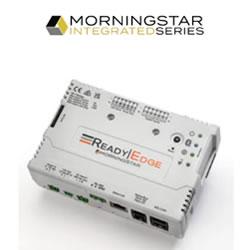US Navy Floats Underwater Solar-Cell Solution
A team of scientists from the US Naval Research Laboratory Electronics Science and Technology Division has developed a solar cell specifically designed for use underwater, which can efficiently absorb solar radiation up to a depth of nine meters (about 30 feet).
The breakthrough may prove important to the development of underwater autonomous systems — which provide situational awareness and long-term environment monitoring — a growing market.
As it now stands, the power options for these systems are cumbersome and expensive: cables connected to an onshore supply source, expensive batteries requiring frequent replacement to ensure a steady supply, or solar panels constructed on above-water platforms.
Photovoltaic cells have been previously tested for underwater use, but due to the lack of sunlight penetrating the water they only had limited success.
Comments (0)
This post does not have any comments. Be the first to leave a comment below.
Featured Product

